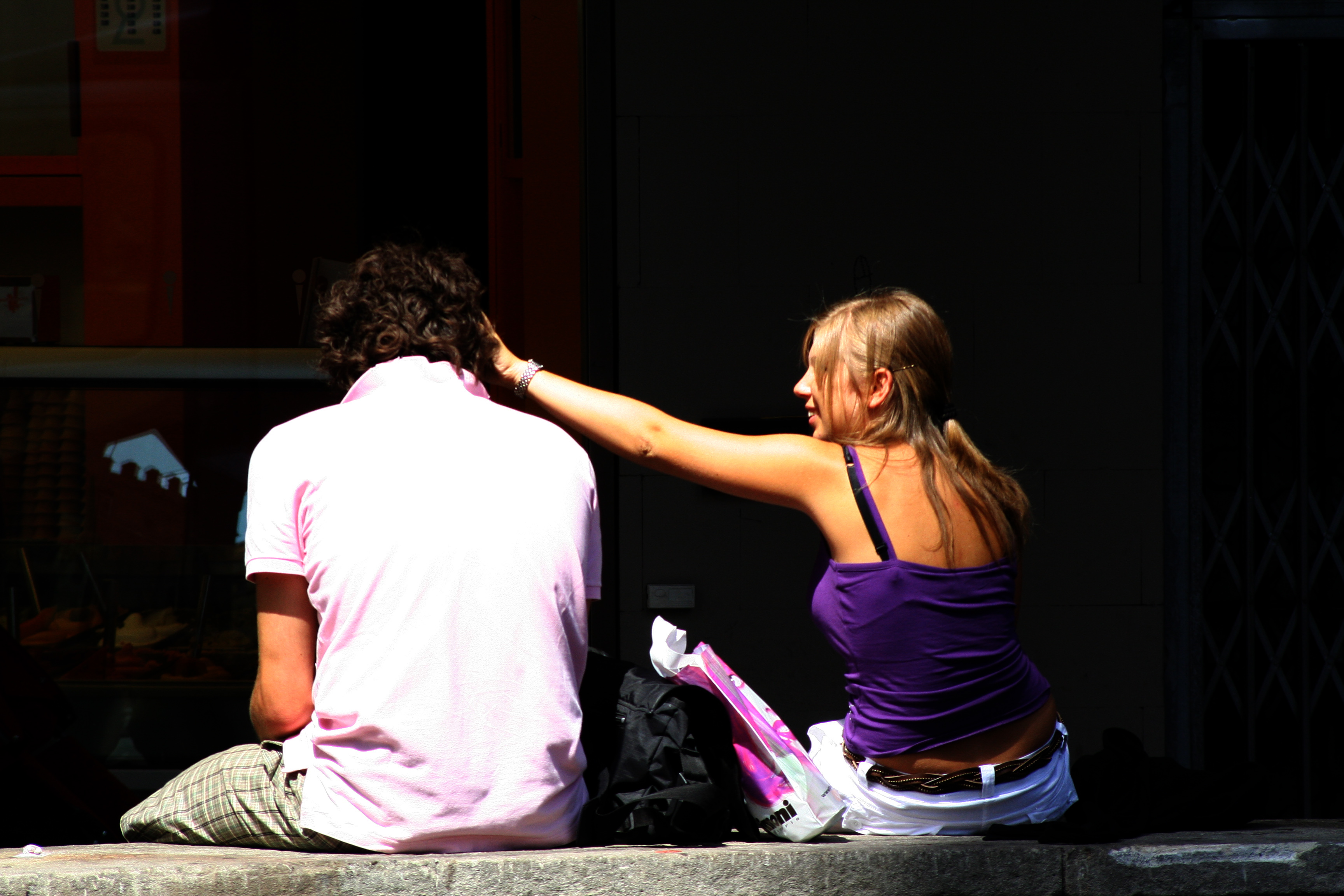
FRIDAY, July 20 (HealthDay News) — New research pinpoints a major reason why gay and bisexual men remain so vulnerable to the AIDS epidemic: When it comes to the transmission of HIV, a man who has unprotected anal intercourse is at especially high risk.
In fact, if that kind of intercourse was only as risky as vaginal intercourse, researchers report, HIV cases among gay and bisexual men would shrink dramatically. It would go down even more, they added, if their rates of casual sex declined.
The reality, however, is much different. “Everywhere we looked, HIV is expanding both in high- and low-income countries among men who have sex with men,” said study author Dr. Chris Beyrer, director of the Johns Hopkins Fogarty AIDS International Training and Research Program.
The experts were quick to note that, worldwide, it is heterosexual men and women who are by far the majority of those who are infected with HIV. Still, more than 30 years into the AIDS epidemic, gay and bisexual men remain especially vulnerable to infection despite a heavy emphasis on condoms and HIV testing; these men make up the bulk of HIV cases in the United States and other Western countries.
According to UNAIDS, HIV is more common among gay and bisexual men than adults in general in all areas of the world, even Africa. In North America, an estimated 15 percent of gay and bisexual men are infected with HIV; the rate is the highest, 25 percent, in the Caribbean.
Previous research has shown that being on the receiving end of anal intercourse is equally risky whether you’re a man or a woman. The risk was estimated at 1.4 percent per sex act with an infected person — about 18 times more risky than male-to-female vaginal intercourse.
The study authors estimate that if receptive anal intercourse were only as risky as vaginal intercourse, HIV cases would fall by 80 percent to 98 percent among gay and bisexual men over five years. They also estimate that cases would fall by 29 percent to 51 percent if more gay and bisexual men had sex in long-term relationships instead of casual encounters.
The findings appear in the July 20 issue of The Lancet, along with several other studies that examine the prevalence of HIV — the virus that causes AIDS — in gay and bisexual men and offer suggestions about prevention.
Two studies examined the higher risk of HIV infection among black men.
One study found that black gay and bisexual men outside Africa are much more likely to be HIV-positive than the general population and other blacks. The other found that black gay and bisexual men in the United States were more likely to be infected with HIV than other gay and bisexual men, but less likely to have a history of substance abuse. If infected, they were also less likely to have started to take life-extending drugs that fight HIV.
There were other differences: black men were less likely to have access to medical care and more likely to have sex with other black men.
What to do? Another study suggests the greater use of prevention approaches — such as condoms, more medical treatment for those who are already infected and use of medication that prevent infection — could shrink new HIV cases among gay and bisexual men by one-fourth over the next decade. “But it’s not simple as choosing the best ones. There are existing technologies, but we need to put them together” and expand them, said Dr. Patrick S. Sullivan, an associate professor at Emory University’s Rollins School of Public Health.
It’s also important, he said, to change societies that stigmatize homosexuality and turn it into a criminal offense.
More information
For more about AIDS, try the U.S. National Library of Medicine.

